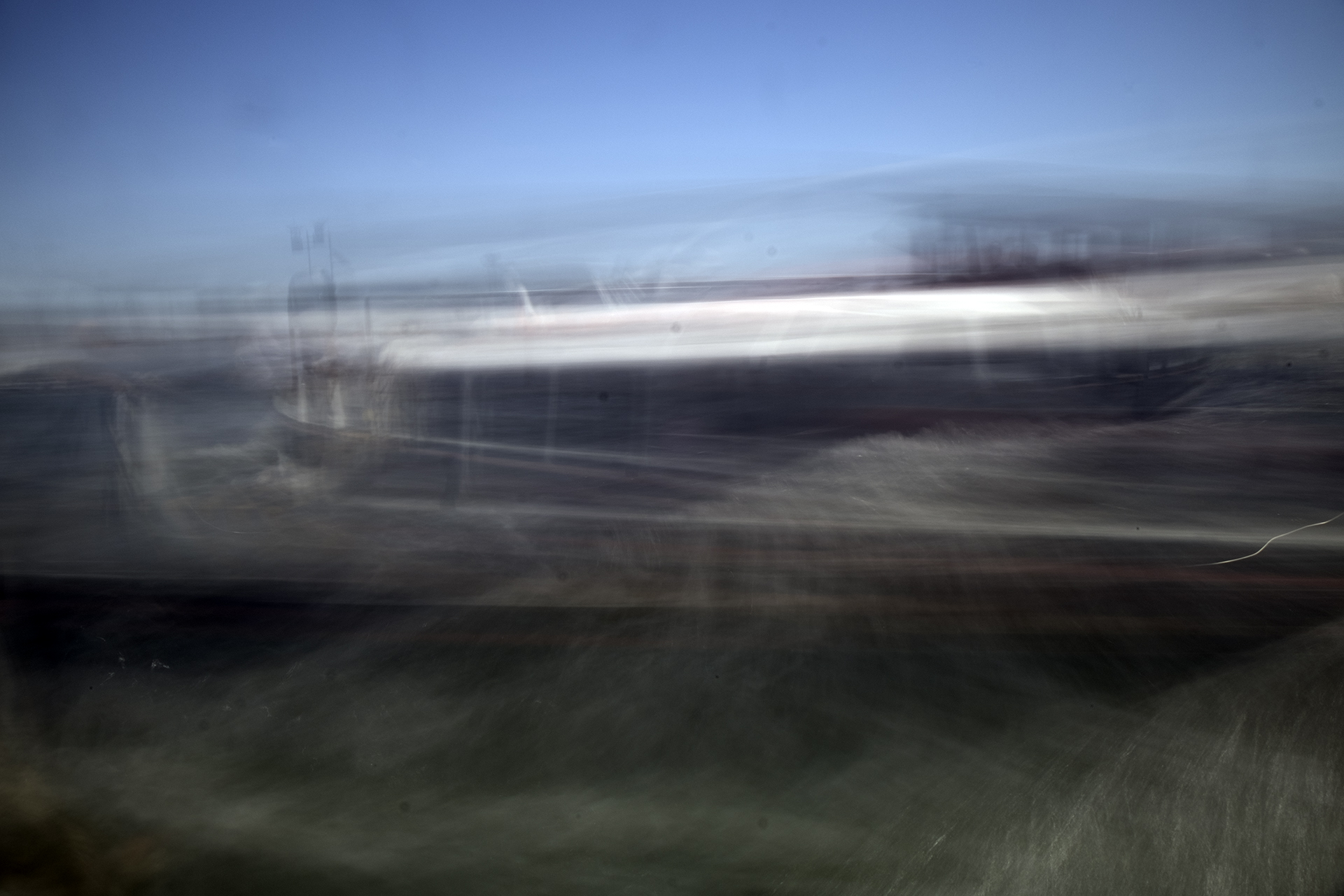Since leaving Berlin I’ve spent a few days in Vienna, but mostly I’ve been in Linz Austria assisting a professor prepare exhibitions for Ars Electronica. It’s been a stark difference from months of freedom, and I’m only now appreciating all the time I got to shoot over the summer. I’m glad I’ve carried my camera for so many miles, even on the days it mostly stayed in the bag. This trip is not quite over, and heading back to LA does not mean it has to end. I keep saying that the camera has kept me sane while away from my studio, but it's also changed the way I look at the world around me. I look forward to seeing how this experience effects my sculptural work.
Berlin
My week in Berlin ends today, and I think the locals have still not noticed my presence. I have however, lost most of my shyness with the camera, and after the first few days started making many more pictures on the street and in train stations. I was unable to capture the trams in Brussels the way I wanted to, so I was glad for a chance to get another “shot” at them, though I preferred the aesthetics of the older Belgian trams and cityscapes.
In addition to the constant movement I encountered all over this city I was deeply inspired by exhibitions of photography. The Bauhaus Archive in particular, but also the Berlinische Galerie where I saw the work of many German photographers including Thomas Hoepker, Hans Pieler, Wolf Lützen, Eric Salomon, and Tim N Gidal, and was able to think specifically about what I value in their’s and other photographic work. So far I've identified depth, human expression and experience, movement, containment and compression of information, and strong values or contrast of light and darkness. I do not mean for this study to objectify, define, or contain my aesthetic, but strive to understand better where it is now, and where it comes from. It is the artist’s responsibility to examine why they like what they like, and to challenge and question the the sources and validity of their aesthetics.
Antwerp in passing
After Venice
I have not shot nearly as many pictures since I left Venice. Sometimes I’m shy with the camera, which was never the case in Italy because everyone, including the Italians, always has their cameras out, taking pictures of everything. Venice is also more familiar to me than the other cities I’ve visited, and sadly it now belongs to tourists and foreigners, whom I don’t mind capturing. The Dutch were generally very polite when they saw my camera out and would want to wait for me to finish my picture before passing, which was awkward because I shoot long exposures in series and am often in one place for twenty minutes to make the right picture. So far, the Germans do not appear to have noticed that I’m here. In Berlin and to some degree in Amsterdam, I almost always see a train moving in the background when I look in one direction long enough. And in both countries I find inspiration in the paneled glass walls and ceilings.
These pictures were made in Antwerp, Brussels, Utrecht, Eindhoven, Amsterdam, and Berlin. I hope I can shoot Los Angeles like this when I get back.
This was the beginning
In Passing
The camera allows for the capture of things which can't be seen, and more importantly it enables these visions to be shared. I used to think a picture was a captured moment in space, but now I’m learning to bend both space and time as I attempt to share what’s flowing by me. Stillness is an illusion; a constructed ideal. We can get close, but we only meet in passing.
Venice Moving
Inspired by the 2004 glass work of Josepha Gasch-Muche titled "T. 11/06/04" and by "Universal Shadow" by Kurt Ralske and by the city of Venice, Italy.
Pulse of the Earth
In the United States, we blow up mountains to build roads that cut through the terrain most directly. Italian roads wind with the contours of the land and tunnel through mountains to preserve the landscape. The record of the vibrations caught my eye, reminiscent of electrocardiograms. Maybe a poet could help me write something about recording the pulse of the Earth. Maybe a mechanic could help me replace the shocks on the car.
Long Exposures and Ceramic Experiments
I’m attracted to long exposure photography because I don’t know exactly what will happen. It’s an exercise in intuition. Just like with my ceramic work, I research and experiment and practice, then seek a balance of knowledge and wonder. For me to be interested, the work must be at least 25% experimental, with the other 75% simply acting as support. If I know exactly what something in the kiln is going to look like, than I don’t care to look.
Like I Never Left
Stones and stars, young and old. The more I try to stay still, the more I see everything move.
Tuscany is so beautiful it’s cliche. I’m embarrassed to shoot landscapes and historical objects and food.
Between working the restaurant and staying up to make pictures of the stars I don’t sleep any more than I did in LA, but I feel much more rested. Or maybe just more comfortable being tired. Those tiny cups of coffee help.












































































